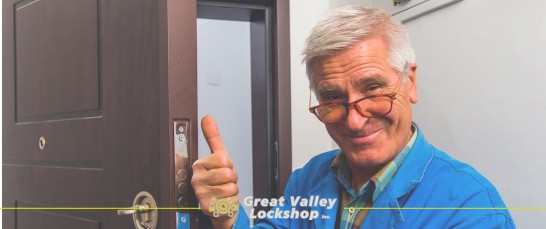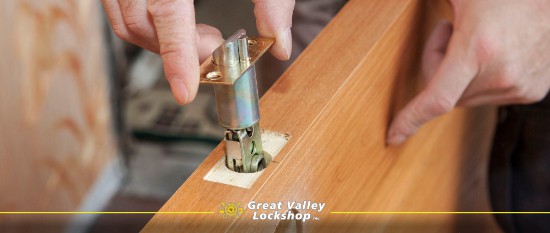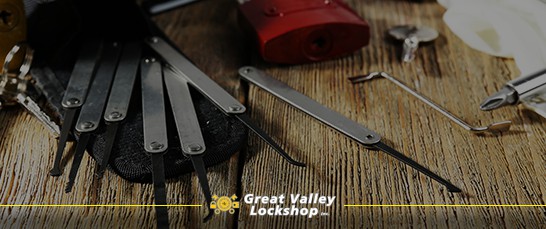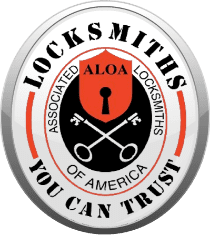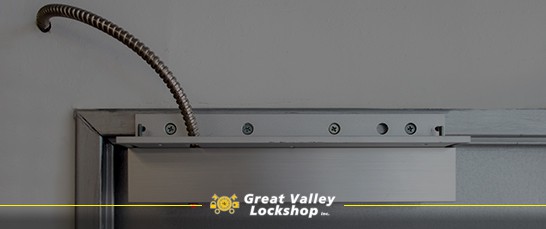
How Does a Magnetic Lock Work?
Leave it to science to help increase commercial security. Magnetic locks – also known as electromagnetic locks or mag locks – rely on special technology to secure doors. Here’s how.
Parts of a Magnetic Lock
Traditional locks have a part called a bolt, also known as a latch, to extend into the door frame and lock the door. Magnetic locks don’t have this component. The actual hardware looks much more simple. It is composed of an electromagnet and an armature plate.
An electromagnet is a specially engineered magnet which uses a current of electricity to produce a strong magnetic field. This type of magnet can be controlled by turning on or off the supply of electricity.
Function of a Magnetic Lock
A mag lock is a type of automatic lock which simply takes advantage of this controllable magnetic property. When the electromagnet is energized, the armature plate is attracted to it. The magnetic field is so strong that the force secures door and keeps it from being opened. There is no bolt or other part which physically connects the door and the frame.
The door can be unlocked remotely and allow entry in two main ways: by pushing the buzzer switch which cuts off the power to the magnet, or using an access control system. With a keypad, card reader or biometric scanner, an access control system verifies the identity of each person and unlocks the door for authorized users. Some access control programs also have smartphone apps with remote locking and unlocking capabilities or this type of hardware can be equipped with a sensor for automatic opening as someone approaches the entryway.
Power is required to keep the door locked. This means that electromagnetic locks are fail-safe by default. Fail-safe locks automatically unlock when the power goes out, enabling people to leave the building safely in case of fire or an emergency. For high-security doors, a backup power supply or battery can be used to ensure that the door remains securely locked even during a power outage.
Installation of a Magnetic Lock
Electromagnetic locks are designed to be installed at the top of the door and door frame. This is the best location to wire the magnet to the building’s electrical circuit and ensure that nothing inhibits the door from opening and closing normally when it’s unlocked.
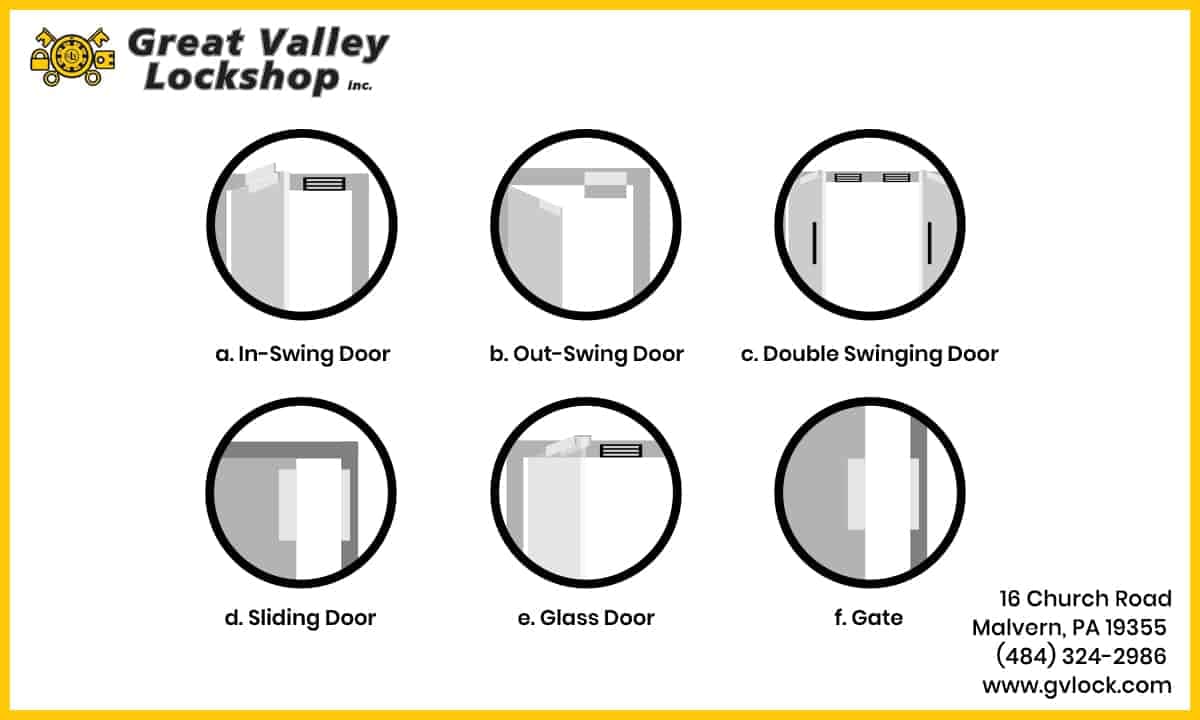
The magnet is installed on the secure side of the door frame and the armature plate is fixed to the secure side of the door. In most situations, the ‘secure side’ of the door is the inside, where the device cannot be tampered with or forced.
Code Requirements for Electromagnetic Locks
If you are concerned about building code regulations related to electromagnetic locks, our friend Lori Greene at Allegion reminds us that electrified hardware may be referred to as “’electromagnetic lock,’ ‘electrically-locked,’ and ‘electrified lock’ may be used, but the important thing to remember is that these code sections apply to electrified locks that are unlocked by a sensor, or by a switch in door-mounted hardware.”
“The model codes include the following requirements for an electrified lock released by door-mounted hardware that incorporates a built-in switch. Note that they only apply to electrified locks released by a sensor, and electrified locks released by door-mounted hardware. Electromechanical locks that allow free and immediate egress by turning a lever or pushing the touchpad of the panic hardware, are not required to comply a different section of life safety codes.
- The hardware mounted on the door must have an obvious method of operation and must be readily operated with one hand and under all lighting conditions.
- Operation of the hardware must directly interrupt the power to the lock, and the door must unlock immediately.
- The door must also unlock upon loss of power to the locking system.
- If panic hardware is required, operation of the panic hardware or fire exit hardware must release the lock. Note that this section does not require the door to unlock upon activation of the fire protection system.
- Electrified locks must be allowed by the building’s specific group or occupancy classification; they are not allowed in every type of building.”
Commercial Use of Magnetic Locks
A range of electromagnetic locks is available for commercial use. The holding force of a particular lock model is determined by the number of metal components in the magnet, surface area of the armature plate and voltage required. Conventional mag locks can deliver a secure holding force of 600 pounds to over 1,500 pounds.
They are a flexible option for commercial buildings which can be used to secure entry points both outside and inside and installed on many different types of doors. They are often installed on emergency exits, delayed egress and controlled egress doors. Below are the most useful applications for magnetic locks:
- For glass doors, single doors and double doors, automatic swing and sliding doors.
- With access control systems with proximity readers, credential scanners, keypads or biometric input.
- For fail-safe applications, including emergency exits, delayed egress and controlled egress doors.
- Together with panic bars.
- On traffic control doors limiting the flow of people into a facility or certain areas of a building.
- At exterior entry points and security gates.
Advantages of Magnetic Locks
There are many benefits to using magnetic locks for offices, facilities or business buildings.
Easy to Install
First, mag locks are simple and require relatively little time to install. Installation requires the magnet and armature plate to be installed at the entry point. Then, an electrician will connect the device to the building’s electrical network.
User-Friendly
With this type of lock, there are no keys needed and no copies to be made. People inside can quickly grant access and buzz someone into the building. Plus, the locking and unlocking function is instantaneous, making it a convenient and safe solution.
Durable
Magnetic locks have no moving parts; they can’t jam and don’t have key problems. They also don’t wear out with time the way a tradition lock mechanism would.
Secure & Reliable
Finally, this type of lock can’t be forced, picked or pried like a traditional bolt lock. For buildings where security is a concern, the locksmith can install a magnetic lock which provides an extra strong holding force.
What are the Best Types of Locks for Every Type of Door?
Advanced Commercial Security Solutions – GV Lock
Great Valley Lockshop supplies, installs and services a wide range of access control hardware, keyless, biometric and remote access devices. Find out more about our advanced entry system solutions and services.
Contact our professional locksmiths at 610-644-5334 or fill out our free online estimate form.
